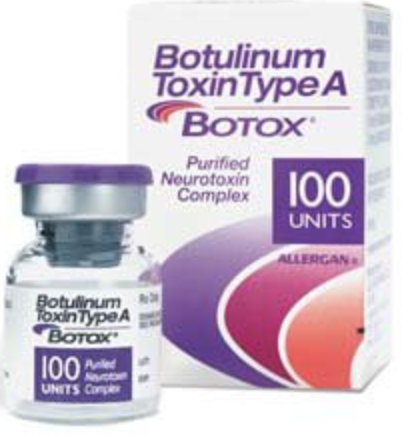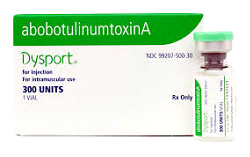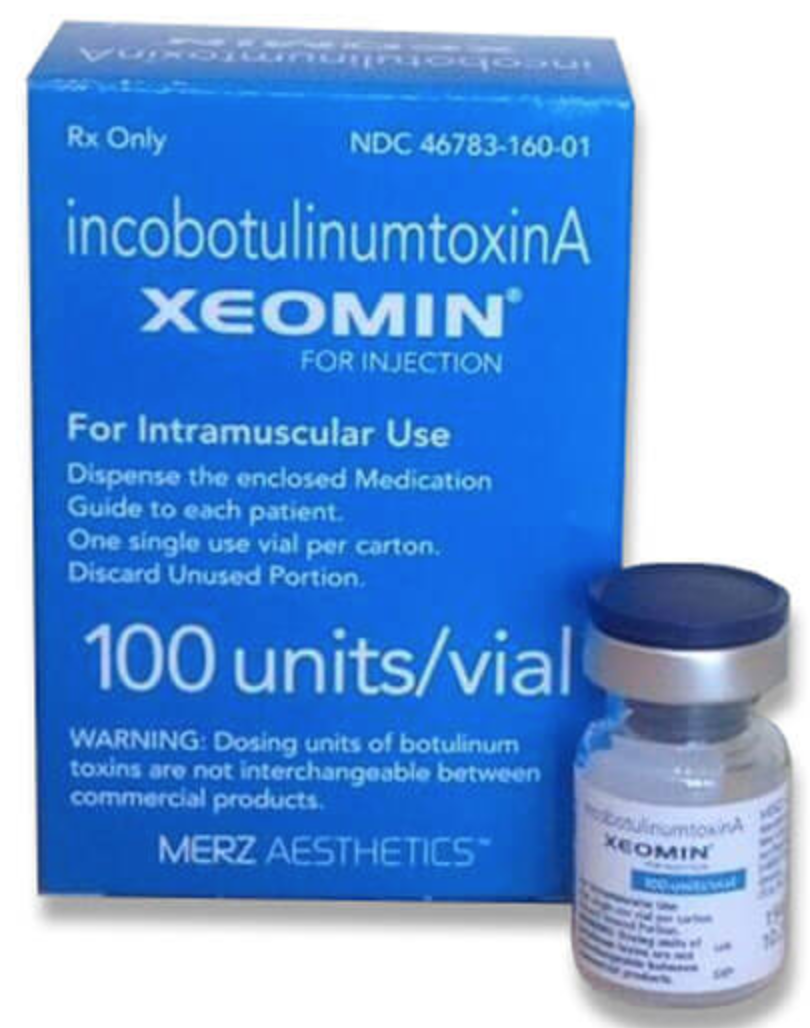What you need to know about Botox, Dysport or Xeomin
Botox, Dysport and Xeomin are all botulinum neurotoxin, collectively known as BTX- A (botulinum neurotoxin type A). These products have minor differences in their chemical forms.



Our experience with Botox vs Dysport
Dr. Parvin Shafa in Irvine, Orange CA is an experienced dermatologist that has been injecting botox since 1996. Since mid-2009, she has been simultaneously injecting Dysport.
Here is Dr. Shafa’s testimony on the differences and similarities between Botox and Dysport.
“I do not pay attention to what the marketing world is claiming and spreading. The most valuable information about these products comes not from these marketing companies, but from my own personal experience gained from injecting these products, from close follow-ups and feedback from my own patients, and from my scientific studies and research of these products. My extensive experience with both products has shown that both can be used interchangeably for the same result with patient’s informed consent about the type of product received.”
Which one do we prefer to use?
Botox and Dysport slightly differ in the type of protein used, but the risks and effects of both products are similar. In fact, they are so similar that we, at OC MedDerm, have one single consent form for Botox and Dysport since all information is the same with minor differences. As with any product, we desire an affordable and effective product that poses minimal to no risks. Since the risks and effects of both products are similar, we will support whoever supports the wellbeing of our patients and offers incentives such as rebates, price cuts, or anything else that increases our patients’ happiness and satisfaction.
The Similarities of Dysport and Botox:
- Botox, Dysport as well as Xeomin are approved products for cosmetic use and work similarly to temporarily relax muscles. As a result, they improve the appearance of fine lines and wrinkles.
- Botox and Dysport are made of a sterile purified protein obtained from the same bacteria.
- Dysport and Botox diffuse in the injected area similarly. The migration of the product in the tissue after injection depends on dilution used, but not the type of product.
- Both are injected with a fine needle into muscles under the skin.
- Both relax the muscles by blocking the signals from nerve to the muscle.
- Both have a temporary effect, lasting about 3 months.
- Both show noticeable effects around 5 days after injection.
- Both are also used for medical purposes, such as for treatment of migraine headaches, dystonia, and other neuromuscular diseases.
- Both have been used in Europe for medical purposes since 1992 and for cosmetic purposes for more than a decade.
- Both are FDA approved for medical and cosmetic use.
- Dysport cosmetic is the same product as Dysport medical, only labeled differently.
- Botox cosmetic is the same product as Botox medical, only labeled differently.
- Cost of Botox and Dysport is similar.
Differences between Dysport and Botox
- Dysport and Botox are measured differently – one unit of Botox is equivalent to 2 ½ to 3 units of Dysport.
- The price per unit of Dysport is ⅓ that of a unit of Botox. However, in order to obtain the same results as one unit of Botox, 2 ½ units of Dysport must be used.
- Based on our personal experience, in general, Dysport’s effect kicks in 3 to 5 days after injection and Botox more like 5 to 7 days after injection.
- Allergan distributes Botox as well as Juvederm, a popular family of hyaluronic acid dermal fillers.
- Galderma distributes Dysport as well as Restylane family – a popular hyaluronic acid dermal filler.
History and FDA approval status of Botox, Dysport and Xeomin
- 1970 – botulinum neurotoxin A was introduced for medical use.
- 1980 – Botox started being used for the treatment of eye muscle spasm treatment which is the cause of “crossed eyes” or “uncontrollable blinking”.
- 1989 – Botox was FDA approved for medical use in the treatment of facial and eye muscle spasms.
- 1990 – Dysport was approved for use in the United Kingdom.
- 1992 – The cosmetic effect of Botox was published in Canada.
- 2002 – Botox Cosmetic was FDA approved in the United States for cosmetic use in improving the appearance of frown lines.
- 2009 – Dysport was FDA approved for medical and cosmetic use in the United States.
- 2011- Xeomin, the other form of botulinum toxin type A (incobotulinumtoxinA) that is distributed by Merz aesthetics, was FDA approved for cosmetic and medical use.
- 2013 – Botox Cosmetic was FDA approved for cosmetic use to improve the appearance of crow’s feet lines.
- 2016 – Dysport was FDA approved for the treatment of lower limb spasms.
- 2017 – Botox was FDA approved for temporary improvement in the appearance of moderate to severe forehead lines.
Other Treatments
Botox and Dysport Injection for Cosmetic Use Overview | Botox or Dysport for Migraine Headache | BTX for Excessive Sweating | Non-Surgical Jawline Contouring | BTX and Fillers Combination
Schedule a Consultation
